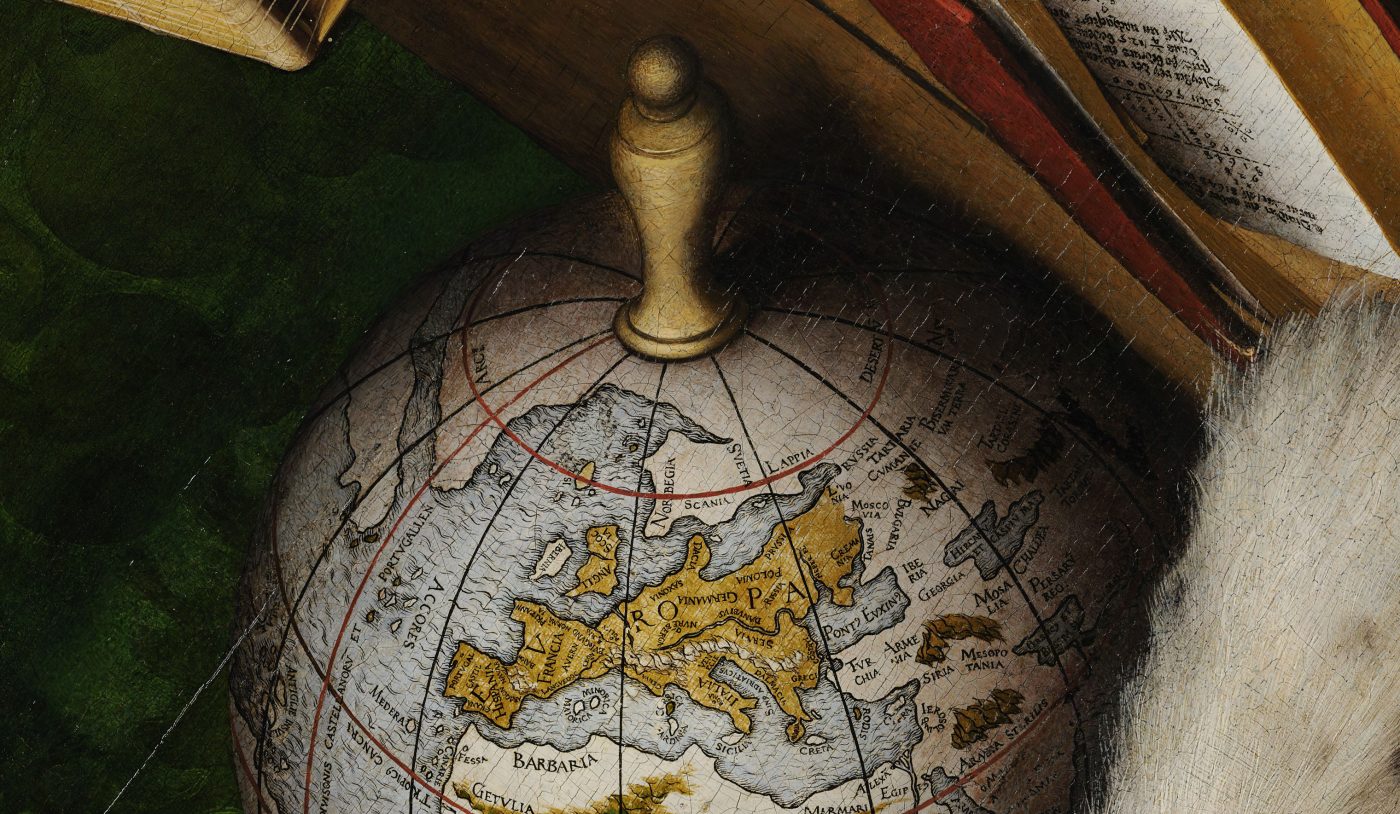My experience of data gathering and visualization stems from previous coursework and projects in data science, through which I have learned a bit about how to navigate through data cleaning, analysis, visualization, and mapping. I previously used the Google API, geolocator services, and Python visualization libraries in order to display various locations and hotspots on a generated map and the distances between these locations. Some of the challenges I came across during the implementation of my map included the need for thorough data cleaning and analysis and more consideration of informative features of the data to display. This experience helped me learn better strategies for data collection and cleaning and helped me gain experience in mapping.
I believe Palladio is a great tool, as it allows those both with and without mapping experience to tell a story with data by visualizing it in unique ways. It offers users the ability to view timelines of events and their respective locations and to see the relationships between time, space, people, and events. Specifically, the tooltip, facets, filters, and network mapping features allows for quick importation, selection, and mapping of of desired data categories. However, some limitation of Palladio are that it does not deal well with data that is not properly structured, categorized, or sorted, meaning it struggles to handle uncleaned data or data stored in an unconventional format. Furthermore, unlike other mapping sites like Tableau or Esri, it is not a very interactive platform with an interactive user-interface.
Given more time, I would love to map out further connections between different humanists and possibly even famous non-humanists. I also desire to paint an even better picture of my humanist by displaying more features than just the location of travels and exploring the interaction and connection between different data features.
